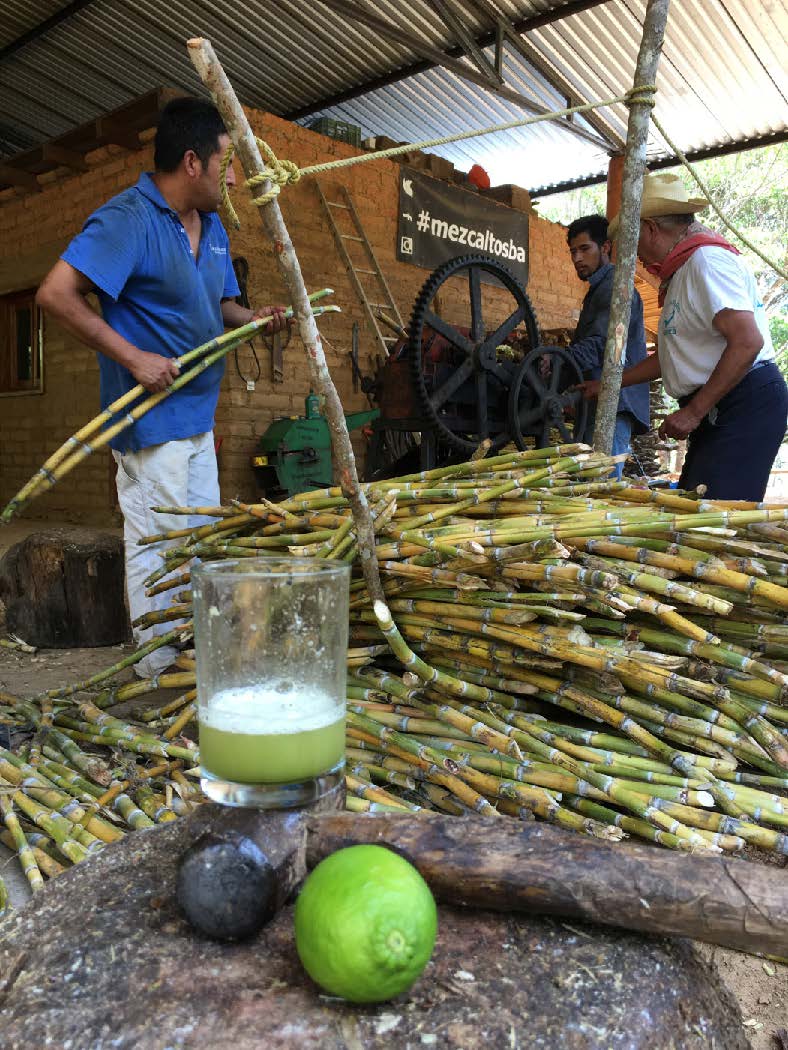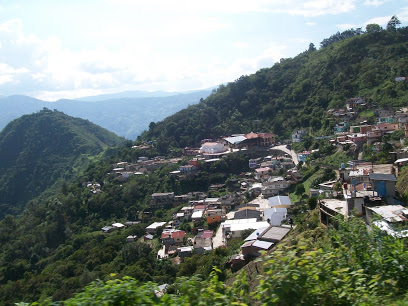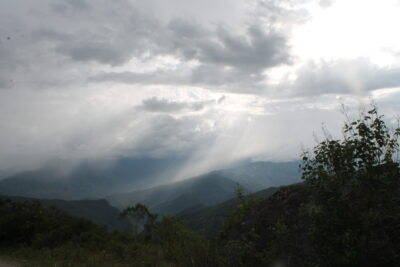DAKABEND

Dakabend is rhum agricole, meaning that it is distilled from fresh cane juice instead of the heavy sugar-refining by-products used to make commercial rums. The sugar cane used in Dakabend, which has the highly aromatic intensity of flavor typical of plants (like agaves and grapes) grown on mountain slopes, is trimmed and pressed immediately after harvest.

The Dakabend distillery was founded by brothers Elisandro and Edgar Gonzales-Ramirez, who also produce Mezcal Tosba. It is a couple of miles from the small and remote pueblo of San Cristobal at 3800 feet in the rugged Sierra Norte, some 5 hours northeast of Oaxaca by difficult roads.

Most rums are made from what’s left over when companies make sugar: molasses, black treacle, etc; many commoditized rums contain added sugar. Dakabend is made directly from freshly-cut high-mountain sugar cane. It’s like the difference between freshly squeezed orange juice and the stuff made from concentrate. The juice is highly aromatic and yields rum with deliciously intense yet soft flavors

Mature sugarcane. High-mountain cane has a wonderful intensity of flavor and aroma. Plants (sugarcane, grapes, agaves) that have to work hard to grow have better flavors.

Unloading fresh-cut cane at the destilería

Edgar crushing fresh-cut cane

Crushed cane in an 800-liter oak fermentation vat, which uses native wild yeasts. As in artisanal mezcal, the solids (cane stalks) are included. This adds an important and rich vegetal complexity to the rum.

A wood-fired potstill in use. Edgar insists on unusually long distillation runs, 12 hours. Slow & lengthy distillation brings out subtler and well-defined flavors. This rum is elegant.

Edgar Gonzales-Ramirez offering rum to Ansley Coale in 2018. He exudes a quiet competence. His attention to detail is striking.

The Sierra Norte. It’s pretty dramatic. So is Dakabend. Well-made spirits tend to embody the land where the ingredients are grown.

Here’s where Bacardi is made, in Florida. ‘Nuff said.